Balancing style and functionality is one of the biggest challenges for interior designers. Although it can be daunting, precisely this distinguishes a well-designed space.
Your role as an interior designer, decorator, or architect is crucial in this process. Balancing style and functionality is one of the biggest challenges, but it's also what distinguishes a well-designed space. Your expertise and creativity are key in achieving this balance.
“Behind every attractive room, there is a reason.”
Sister Parish, an American interior decorator
With increasingly demanding clients, whose needs are evolving at a rapid pace, your understanding of how to combine style and functionality is more important than ever. Your ability to create beautiful and functional spaces not only improves the quality of life for the users but also increases the durability and relevance of your projects over time.
As such, it is essential to clearly define what style and functionality mean in the context of interior design, explore the importance of balancing them, and present practical tips for a compelling combination. Get ready to discover how the balance between style and functionality can transform your approach to interior design, creating spaces that delight and function flawlessly.
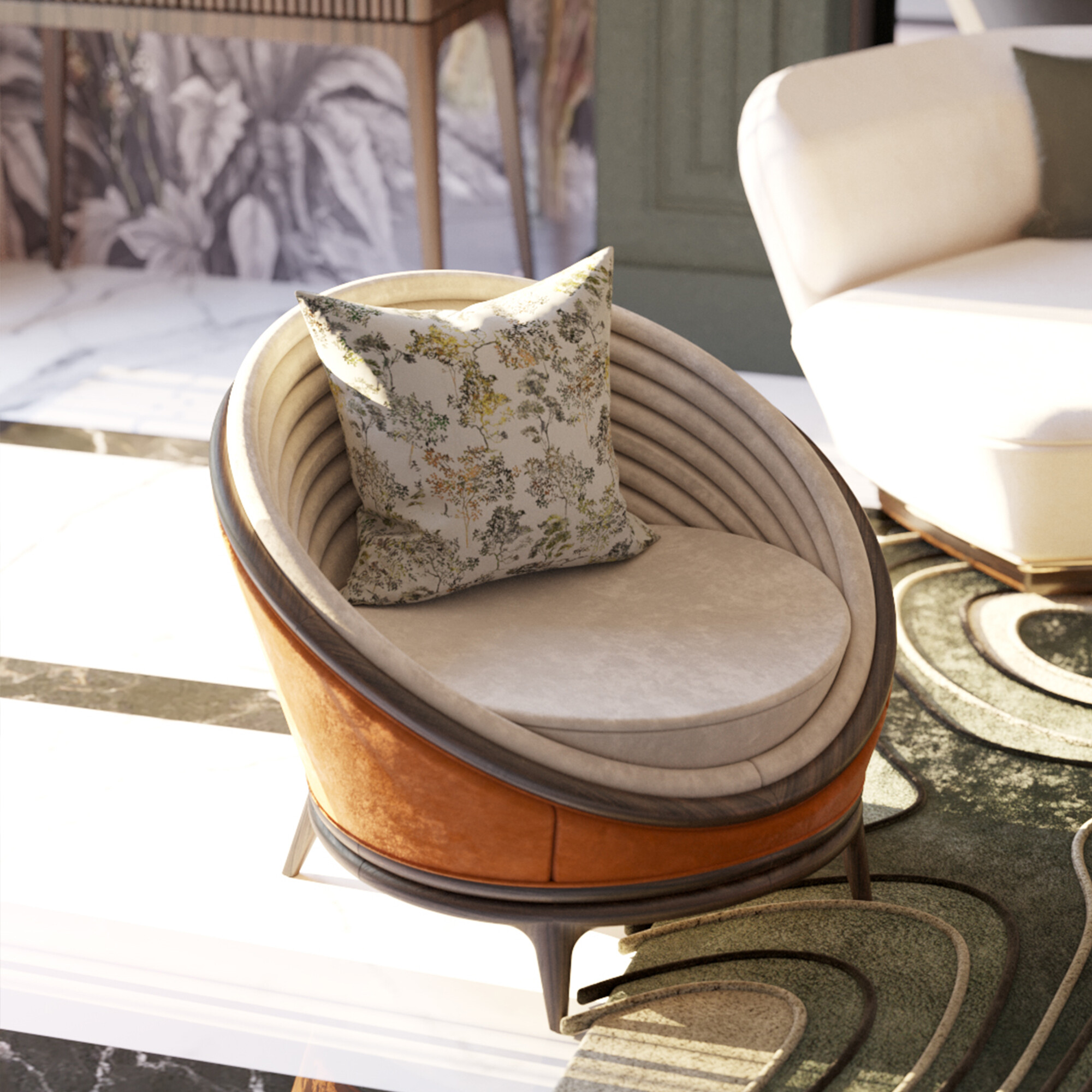

Style in interior design is the essence that brings a space to life, reflecting personality, taste, and trends. The visual language transforms an empty room into a welcoming, sophisticated, or vibrant area, depending on the designer's vision and the client's preferences. But what is style in interior design, and how can we define it?
Style is the aesthetic manifestation of space, encompassing a variety of elements such as colour, texture, shapes, and materials. It is through these components that a space acquires its identity. Style can be inspired by different eras, cultures, or artistic movements, resulting in a wide range of creative possibilities.
Despite the wide range of existing decorative styles, from modern to classic, including rustic, Scandinavian, minimalist, industrial, or contemporary, personalization is crucial. Good interior design should reflect the personality and lifestyle of its occupants. Personalizing a space means incorporating elements that have meaning for your clients, making it aesthetically pleasing and emotionally valued.
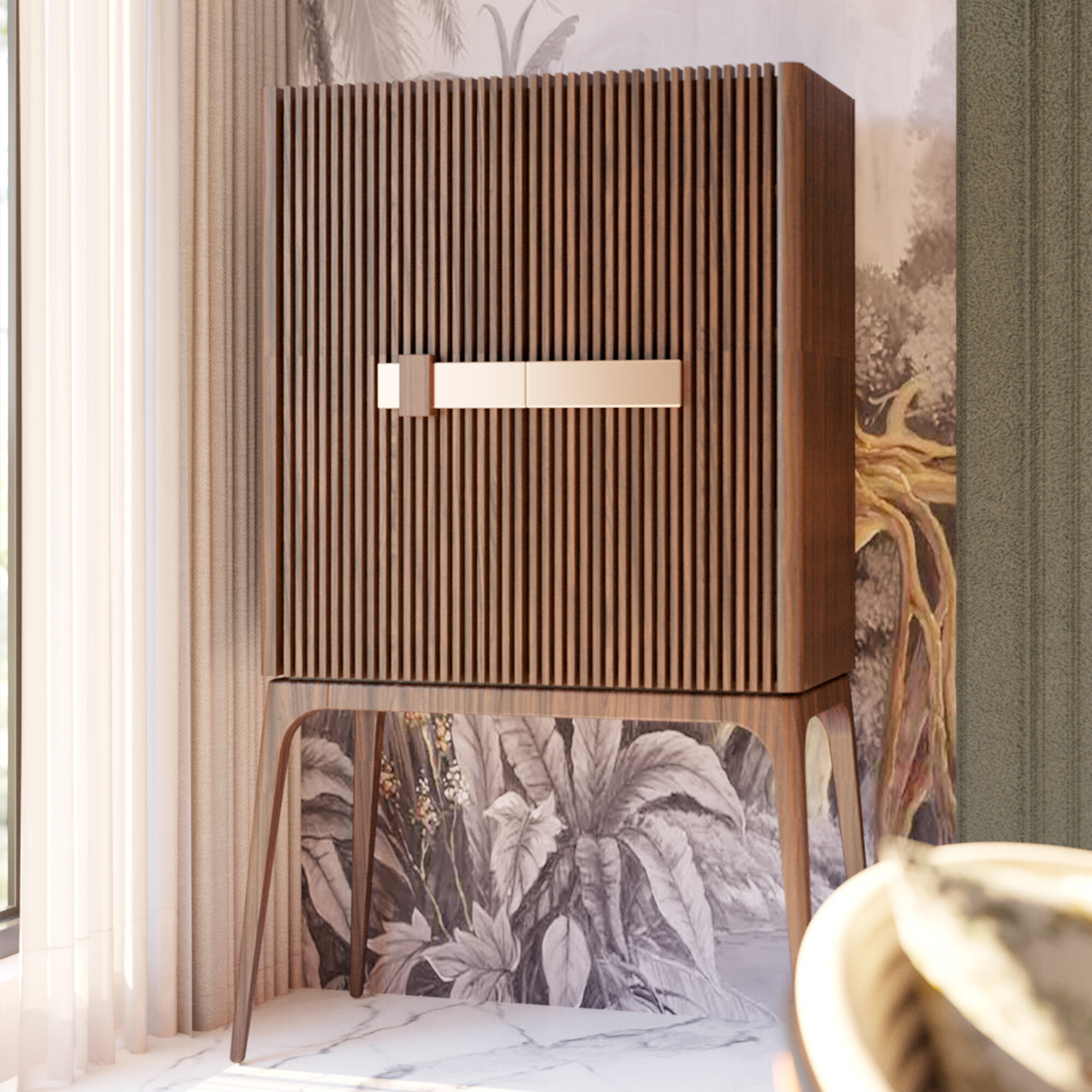
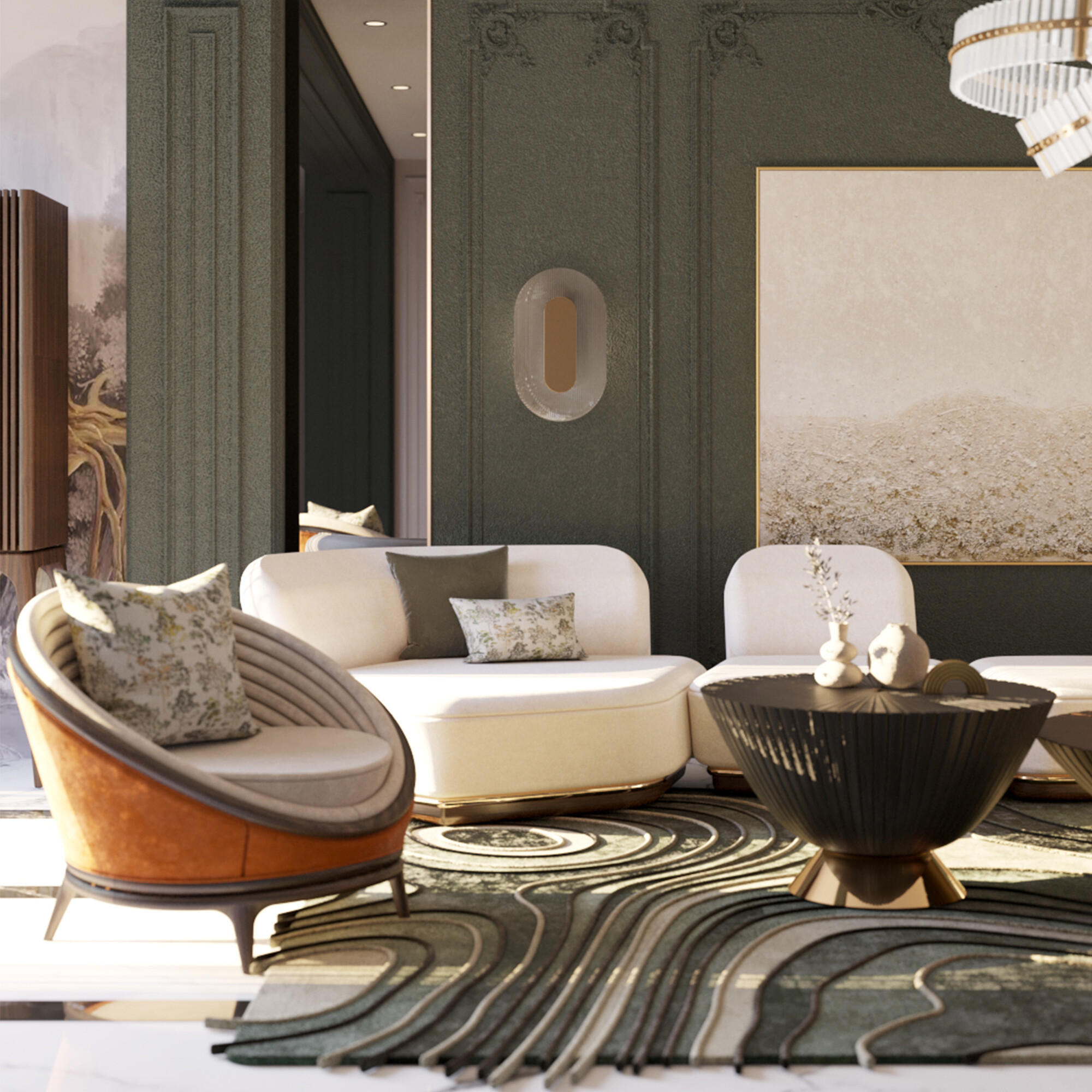
Functionality in interior design ensures that a space is not only beautiful but also practical and comfortable for daily use. While style attracts the eye and sets the atmosphere, functionality makes a space habitable and efficient.
Functionality, therefore, refers to a space's usability and practicality. It is the space's ability to respond to its users' needs and activities, facilitating their daily routines in an intuitive and efficient way. A functional space is designed with attention to the details that make life easier, from furniture arrangement to the choice of materials and technologies.
“Beauty is the harmony of purpose and form”
Alvar Aalto, Finnish architect and designer
1. Practicality: a practical space allows activities to be carried out quickly and efficiently, such as a living room with well-defined areas for different uses or an office with adequate storage.
2. Ease of use: functionality also involves accessibility and convenience, such as adjustable shelves, multifunctional furniture, or organization systems that keep items within reach and make the space easier to maintain.
3. Durability: materials and equipment that withstand the wear and tear of daily use are essential for functionality. This includes easy-to-clean surfaces, stain-resistant fabrics, or durable flooring.
4. Ergonomics: the science of ergonomics is applied to interior design to ensure that furniture and equipment are comfortable and adapted to human use. Chairs that support correct posture, desks at the appropriate height, and proper lighting are examples of ergonomics.
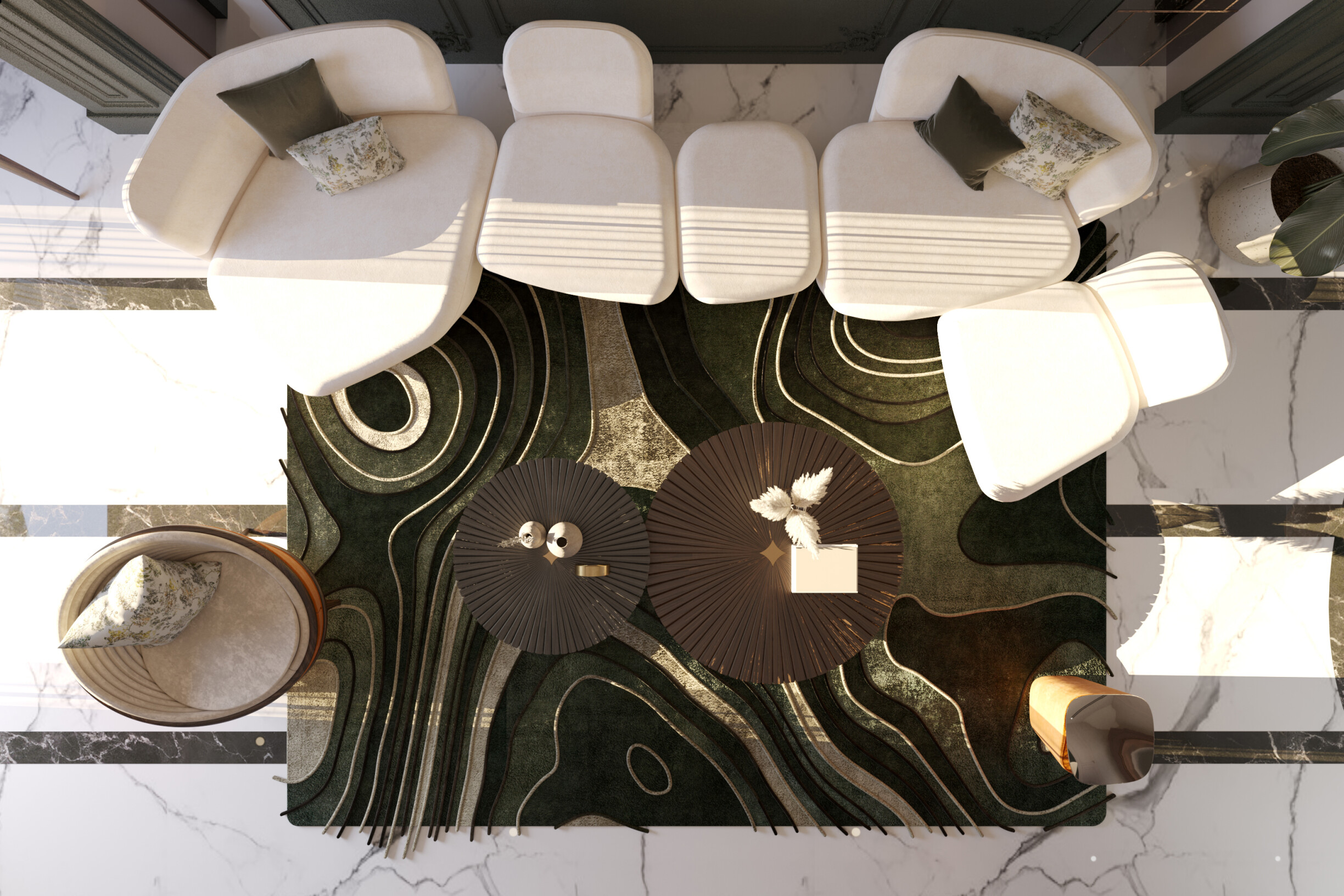
Balancing style and functionality in interior design is essential to creating visually appealing, practical, and comfortable spaces. This balance allows spaces to be pleasing to the eye while also efficiently supporting users' daily activities.
A design that prioritizes style over functionality can be visually impressive but frustrating to live in or enjoy. Conversely, a highly functional space that needs more style can feel cold and impersonal.
Finding a balance is crucial because:
Improves quality of life: a space that combines style and functionality improves the daily experience of its occupants. A well-designed kitchen makes meal preparation more manageable and enjoyable. Similarly, a home office that combines aesthetics and ergonomics can increase productivity and well-being;
Increases property value: well-designed properties that balance style and functionality tend to be more valued on the market;
Allows for greater sustainability and durability: investing in materials and solutions that are both aesthetically pleasing and durable contributes to the project's sustainability. Furniture and finishes that withstand daily use reduce the need for frequent replacements, promoting a more sustainable design.
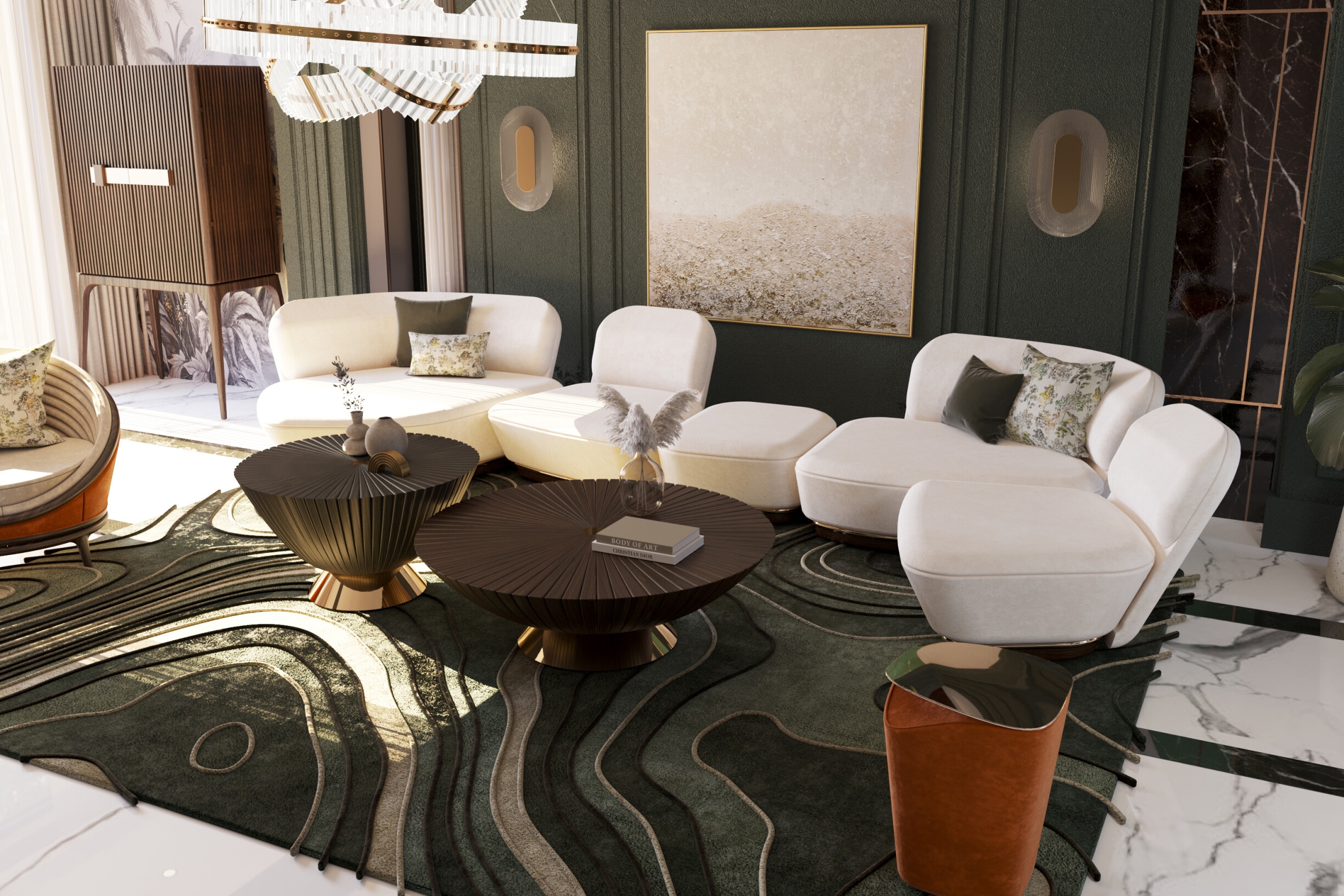
These tips are not just guidelines, they are tools that can transform a space, making it both visually appealing and practical for everyday use. Let them inspire your next interior design project.
Choosing furniture that can serve multiple purposes can save space and increase practicality. A coffee table serving as a hidden storage space is ideal for a small living room. This will keep the space organized and add a design element.
It is also important to choose durable and visually appealing materials. Solid wood, durable fabrics, or high-quality metals are great options. A solid wood dining table, such as the Bonsai dining table from ALMA de LUCE, with an elegant marble finish, will withstand daily wear and tear and serve as a focal point in a dining room.

In interior design projects, you can implement organizational techniques that improve functionality without sacrificing style.
You can opt for storage solutions that are both aesthetic and practical, such as built-in shelves, custom and hidden cabinets, or furniture with discreet compartments. Another tip is to use furniture or decorative elements to divide spaces functionally without compromising aesthetics. A sofa like the Antelope Canyon Sofa can serve as a room divider between the living room and the dining room, providing an area to relax and maintaining the feeling of open space.
Ergonomic furniture is a must to combine functionality and style. Invest in furniture that provides adequate support and comfort, especially in work and rest areas. An ergonomic office chair with height adjustment, lumbar support, and adjustable armrests can significantly improve comfort and productivity.
Another element to consider when it comes to comfort is lighting. This should be designed to meet the space's functional and aesthetic needs. A combination of ambient, task, or decorative lighting is essential.


Technology is revolutionizing interior design. Integrating technology into interior design is a way to balance style and functionality. On the one hand, incorporating automation technologies can increase functionality without compromising style. Intelligent lighting systems, programmable thermostats, and voice assistants are famous examples.
An intelligent lighting system that allows you to control the intensity and colour of the light via a smartphone can create different atmospheres depending on the occasion while maintaining the aesthetics of the space.
Finding the right balance between style and functionality in interior design is a true art. Combining multifunctional furniture, intelligent storage solutions, appropriate ergonomics, and technology integration is essential to creating harmonious and functional spaces.
Remember, true success in interior design lies in creating areas that delight the senses and enhance everyday life. So, next time you're planning a new project, consider how to balance style and functionality to achieve a successful outcome.
Are you ready to start combining style and functionality in your projects? See some inspirations on ALMA de LUCE's Pinterest that best suit your needs, your tastes, or your client's desires. We will also help you to create exclusive and current projects that win over your customers!